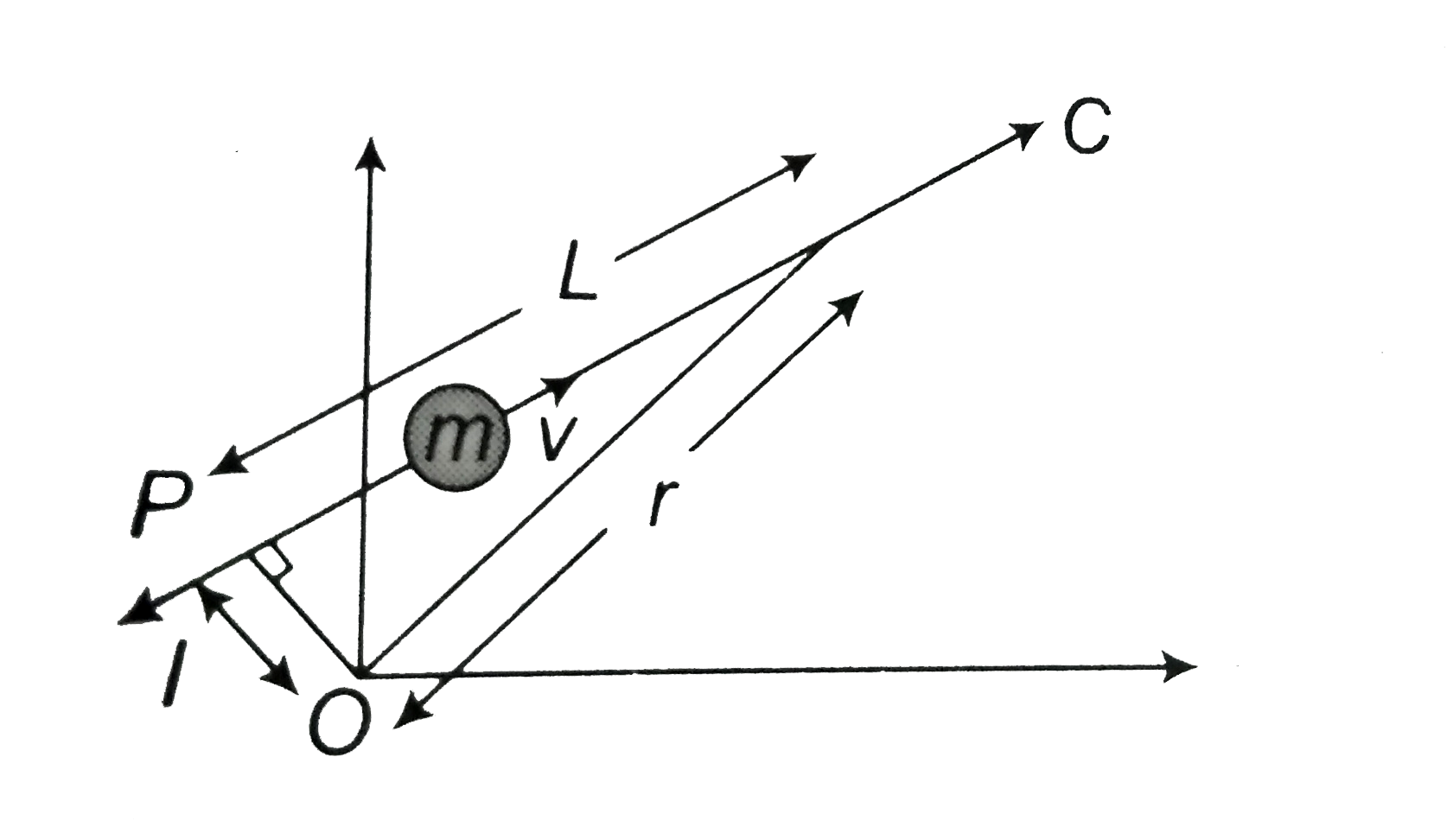Mass of a moving body is doubled and velocity is halved . What will be the change in momentum ?
To find the change in momentum when the mass of a moving body is doubled and its velocity is halved, we can follow these steps:
1. Define Initial Conditions:
- Let the initial mass of the body be m.
- Let the initial velocity of the body be v.
2. Calculate Initial Momentum:
- The formula for momentum P is given by:
P=m⋅v
- Therefore, the initial momentum Pi is:
Pi=m⋅v
3. Define New Conditions:
- The mass is doubled, so the new mass m′ is:
m′=2m
- The velocity is halved, so the new velocity v′ is:
v′=v2
4. Calculate Final Momentum:
- The final momentum Pf can be calculated using the new mass and new velocity:
Pf=m′⋅v′=(2m)⋅(v2)
- Simplifying this gives:
Pf=2m⋅v2=mv
5. Compare Initial and Final Momentum:
- We find that:
Pf=mv=Pi
- Thus, the final momentum Pf is equal to the initial momentum Pi.
6. Calculate Change in Momentum:
- The change in momentum ΔP is given by:
ΔP=Pf−Pi
- Since Pf=Pi:
ΔP=mv−mv=0
Conclusion:
The change in momentum is 0.
- Let the initial mass of the body be m.
- Let the initial velocity of the body be v.
- The formula for momentum P is given by:
P=m⋅v
- Therefore, the initial momentum Pi is:
Pi=m⋅v
- The mass is doubled, so the new mass m′ is:
m′=2m
- The velocity is halved, so the new velocity v′ is:
v′=v2
- The final momentum Pf can be calculated using the new mass and new velocity:
Pf=m′⋅v′=(2m)⋅(v2)
- Simplifying this gives:
Pf=2m⋅v2=mv
- We find that:
Pf=mv=Pi
- Thus, the final momentum Pf is equal to the initial momentum Pi.
- The change in momentum ΔP is given by:
ΔP=Pf−Pi
- Since Pf=Pi:
ΔP=mv−mv=0
The change in momentum is 0.
Topper's Solved these Questions
- BOOK - ICSECHAPTER - LAWS OF MOTIONEXERCISE - TOPIC 2 (3 Marks Questions )11videos
LAWS OF MOTION
- BOOK - ICSECHAPTER - LAWS OF MOTIONEXERCISE - TOPIC 2 (4 Marks Questions )34videos
LAWS OF MOTION
- BOOK - ICSECHAPTER - LAWS OF MOTIONEXERCISE - TOPIC 1 (4 Marks Questions )1videos
LAWS OF MOTION
- BOOK - ICSECHAPTER - ICSE ANNUAL EXAMINATION -2020EXERCISE - SECTION-II45videos
ICSE ANNUAL EXAMINATION -2020
- BOOK - ICSECHAPTER - LIGHTEXERCISE - TOPIC 2 Spherical Mirrors (4 Marks Questions )9videos
LIGHT
Similar Questions
The momentum of a particle of mass of m moving with a velocity v is p= mv. What is the rate of change of momentum ? Assume that m is constant .
View SolutionA body of mass 10 kg is moving with a velocity of 20 m s−1 . If the mass of the body is doubled and its velocity is halved, find : (i) the initial kinetic energy, and (ii) the final kinetic energy
View Solution
Knowledge Check
- Question 1 - Select One
A force of 50 N acts on a body for 10 s. What will be the change in momentum of the body ?
A200 N.sB400 N.sC500 N.sD1000 N.s
A body of mass m moving with a velocity v is acted upon by a force. Write expression for change in momentum of the following case:
when v<<cView SolutionA body of mass m moving with a velocity v is acted upon by a force. Write expression for change in momentum of the following case:
when v→cView SolutionIf the mass of a moving object is tripled and its velocity is doubled, the kinetic energy will be multiplied by
View SolutionIf the radius of a cylinder is doubled and height is halved, the volume will be doubled.
View SolutionIf the radius of a right circular cone is halved and height is doubled then what will be new volume?
View SolutionIn C12 atom if mass of e− is doubled and mass of proton is halved, then calculate the percentage change in mass no. of C12
View SolutionA particle of mass m moves along line PC with velocity v as shown. What is the angular momentum of the particle about O?
 View Solution
View Solution

